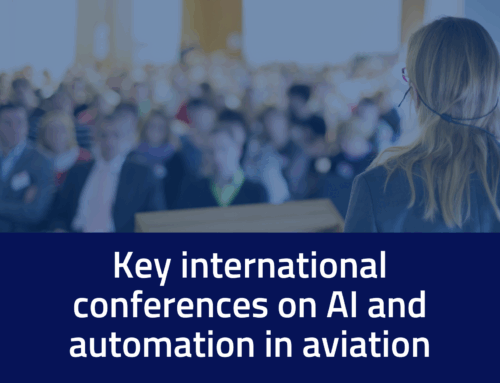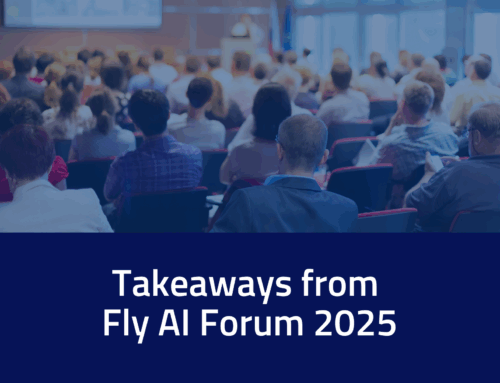The paper Challenges and New Directions for the Certification of AI and Advanced Automation in Civil Aviation is now available online.
The paper, authored by experts from Deep Blue, DLR, CIRA, EUI and NLR, evaluates current innovative certification approaches and explores how levels of automation can enable a more refined development and certification process. In light of the results obtained, the paper proposes new directions that could advance a holistic approach to certification, considering the guidance provided by EASA.
The research behind this paper is linked to the work outlined in a public deliverable of the project, Innovative approaches to approval and certification, available on HUCAN website.
The paper outlines three new directions for the certification of AI and advanced automation:
- A phased certification strategy that evolves with the maturity of the technology, ensuring that new automation systems are integrated safely over time.
- A stronger emphasis on human factors in the certification process, including more rigorous evaluation of human-AI collaboration and the ability of operators to trust and control AI systems.
- The integration of ethical, environmental, and societal considerations into the certification process, ensuring that these technologies contribute to the long-term sustainability of the aviation sector.
This research forms the foundation for HUCAN’s continued efforts to redefine certification processes for AI and advanced automation in civil aviation, ensuring the technologies are safe, reliable, and human-centric.
Key areas
The research highlights several key areas.
Technological advancements and certification challenges
The paper explores the rapid advancements in AI and automation technologies that have transformed ATM operations. These innovations promise increased safety, efficiency, and operational capacity. However, the integration of such technologies raises significant certification challenges, including ensuring system reliability, managing uncertainty, and guaranteeing that automation can support and augment human decision-making without compromising safety.
Human-AI teaming and human factors
A major focus of the paper is the interaction between human operators and AI systems. It stresses the importance of human-machine interaction, especially where this is mediated by AI and advanced automation. The research calls for certification frameworks that account for human factors such as trust, explainability, and situational awareness, which are crucial for ensuring the safe and effective use of AI in high-stakes environments like ATM.
Innovative certification approaches
The authors evaluate current certification approaches for AI and advanced automation in civil aviation, highlighting the limitations of the challenges posed by AI and advanced automation. The paper assesses the scope of innovative certification approaches being developed to determine if and how they address the SESAR objectives and, more broadly, the Digital EU Sky goals concerning AI and advanced automation
Level of automation and liability concerns
Different levels of automation, from human assistance to full autonomy, demand specific certification approaches. The paper discusses how automation can redistribute operational authority, raising questions about liability and accountability. It suggests that certification processes should be adaptable to the specific roles and risks associated with each level of automation.
The role of standards and regulatory bodies
EASA and SESAR have a strong and deep role in shaping the future of AI and automation certification. The paper calls for greater collaboration between these bodies, also looking at the the industry to develop new standards and regulatory frameworks that address both the technical and human aspects of AI systems in ATM.





